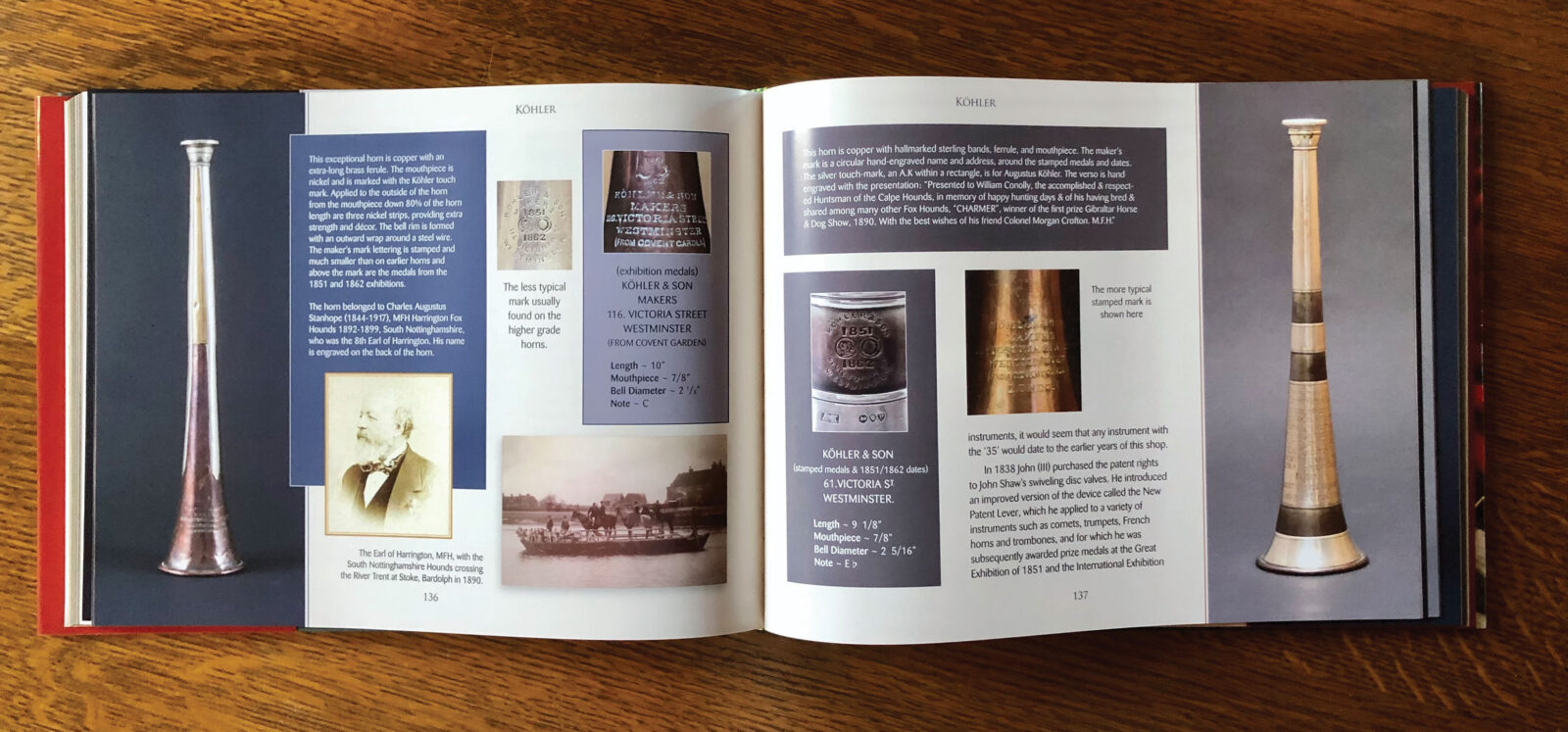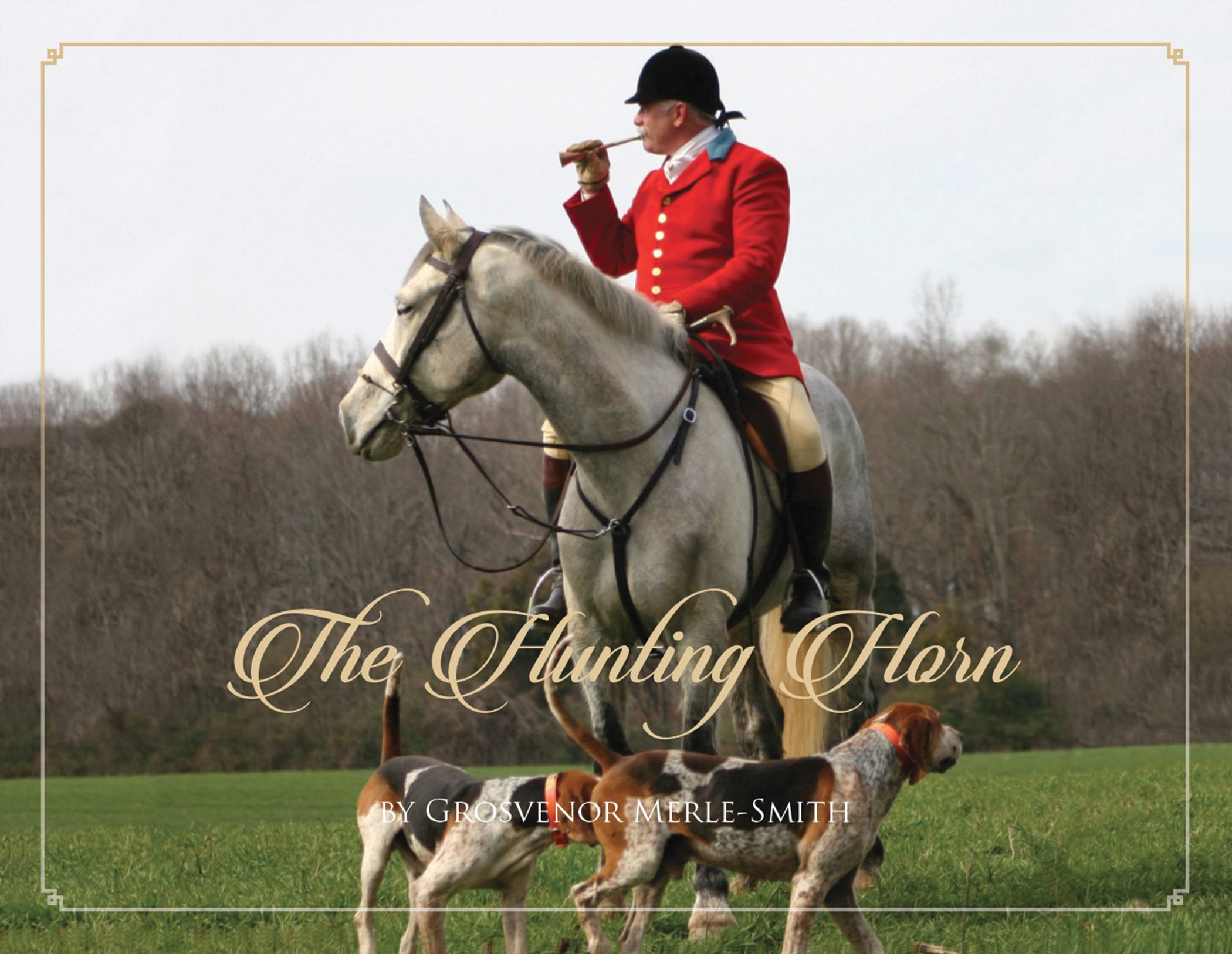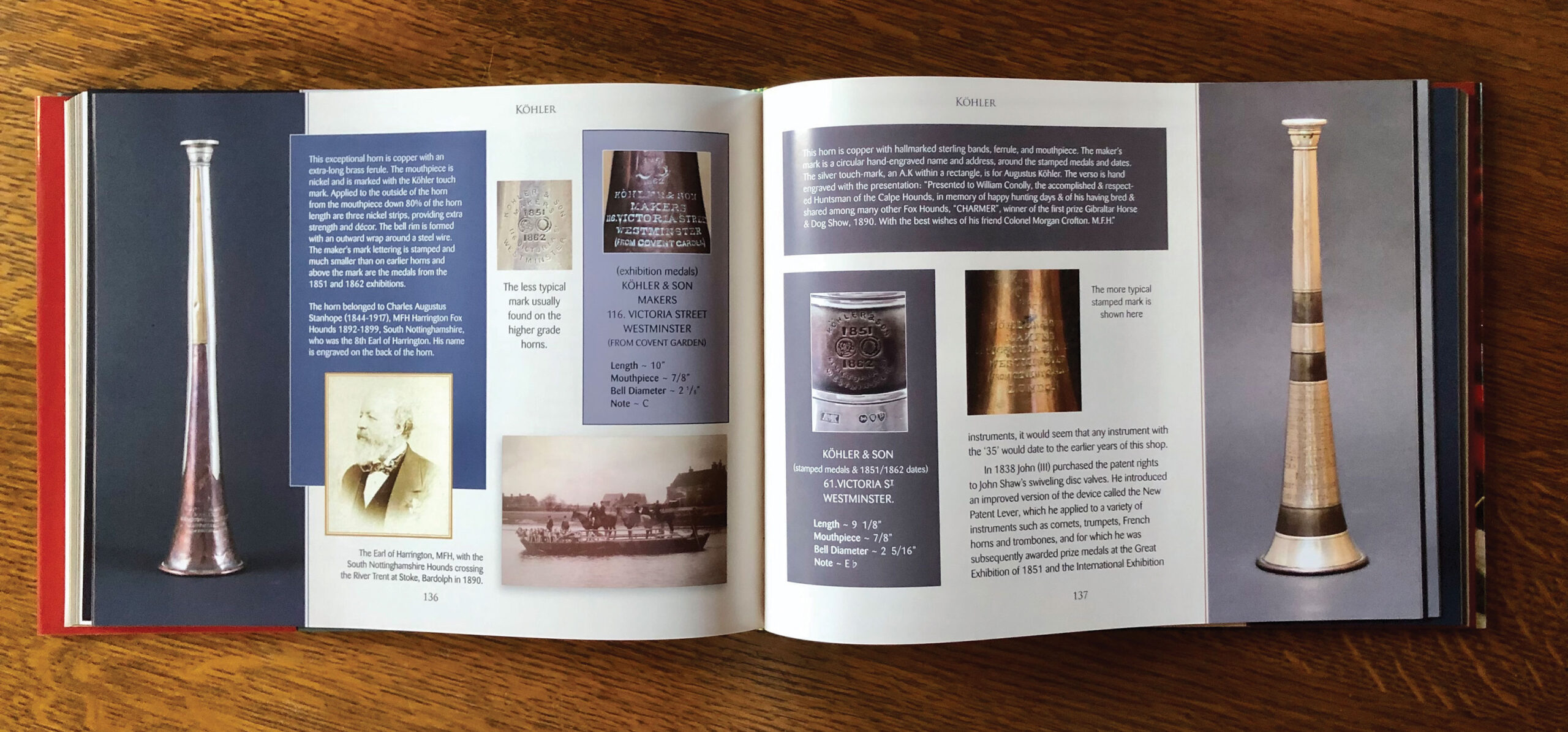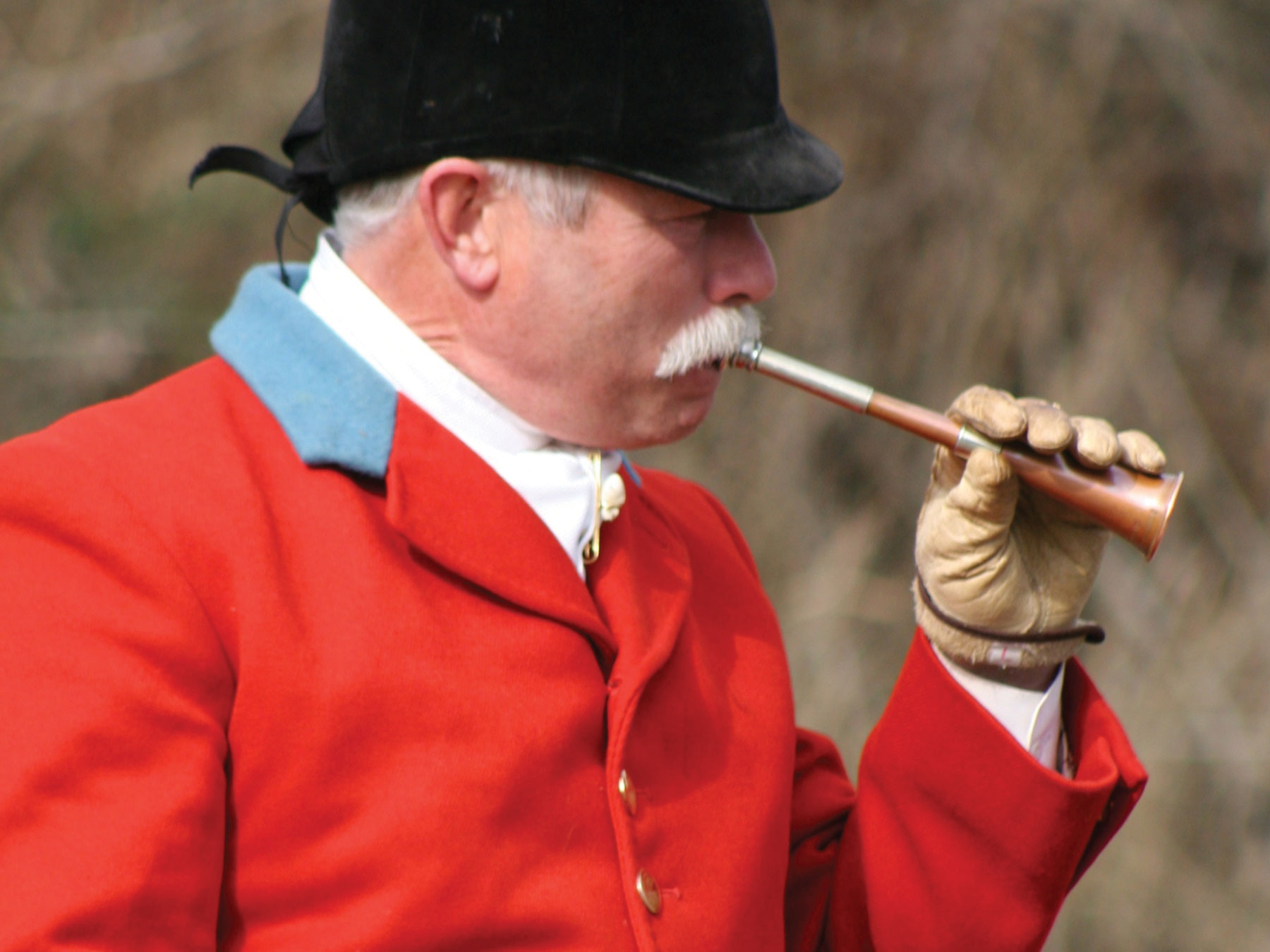The Hunting Horn: It’s Not A Fox Hunt Without One

Written by Shayda Windle
If it’s true what they say about a fox hunt not being one without a horn, then “The Hunting Horn: What to Know and How to Know It” by Grosvenor Merle-Smith may be just the book you need. More than a fully-illustrated coffee table book, “The Hunting Horn” is an extensive resource covering the history of the English hunting horn from the 18th century to the present-day. The one-of-a-kind book about the English tool of the trade is written by long-time foxhunting aficionado Grosvenor Merle-Smith, who grew up in Middleburg where his love of foxhunting was nurtured.
A six-time descendent of Martha Washington on his mother’s side, Merle-Smith is about as American as they come. He spent his youth living on campus at the Foxcroft School, where his father served as headmaster. “In those days, the school was much more equestrian-focused,” he says. “Some of my oldest memories are of hounds, horses, and riders. I recall very clearly certain images, complete with sounds, smells and excitement of a hunt meet. So, hunting and a number of aspects of the sport have always been with me.”

“The Hunting Horn: What to Know and How to Know It” by Grosvenor Merle-Smith.
It’s his love of the hunt that has taken him on journeys from Middleburg to Colorado, to Ireland, and back again. Merle-Smith collected dozens of English hunting horns along the way, and eventually became curious enough about their history to begin researching them. But the more he searched for answers, the less he was able to find. His investigation into the history of hunting horns left him wanting to learn more.
“Throughout my research, time and time again, a new horn would show up representative of yet another business that I had not yet discovered,” he says. “As the years went by, the body of information became significant, and after a few folks suggested that a book might be a good idea, I finally warmed up to the concept. Of course, I wrongly assumed that the lion’s share of work to produce a great book had already been expended. I talked to my publisher five years ago and told him I’d need as much as another month to tie up loose ends. Just goes to show how wrong a fellow can be!”

Grosvenor Merle-Smith.
The book features 200 different horns from 80 different companies. In the forward, Patrick Anthony Leahy, President of the Masters of Foxhounds, writes, “Every avid hunter cherishes each and every call. You can’t have a fox hunt without it. It is clearly a valued tradition of the sport.”
The 288-page book about a seemingly simple instrument boasts an ancestry far more detailed than one might think. Merle-Smith has captured the historical intricacies that make for an engaging read whether or not one carries a horn, rides behind one who does, or has never even heard one blown in the heat of the chase.
The book includes pages on the construction of a metal horn, and insights about how to spot a real horn from a fake one.

Inside the book.
“Genuine hunting horns are a tool of the trade as opposed to decorative trinkets, and consequently are well crafted,” Merle-Smith explains in the book. “Most real hunting horns speak with an attention to detail and quality. There are a number of things that quickly identify decorative horns. Most will look and feel cheap. Almost all decorative horns have a flat or shallow mouthpiece, often with sharp edges, that is virtually impossible to blow.”
When asked how he chose which horns to include in the book, he says, “I tried to find well marked examples from every era of every company. Then, if I had an example with the provenance of a notable owner or story, I included it in the book.”
“Hunting horns can be divided into three categories,” Merle-Smith writes in his book. “The first grouping would be natural animal horns, or an arcuate copy thereof [….] The second category to be delineated would be generally larger coiled metal instruments, such as found used in Europe today […] My third category would be this resulting small, short, and generally straight metal instrument that we consider the English hunting horn.”

Merle-Smith on the hunt.
Complete with a glossary of terms for fox hunting aficionados, this book reveals every detail you need to know about hunting horns, their evolution, and manufacturing history. Don’t let those decorative horns fool you. Pick up your copy of “The Hunting Horn: What to Know and How to Know It” today, and immerse yourself in the call of the hunt. The book may be purchased through Dementi Books. ML
Published in the April 2021 issue of Middleburg Life.


